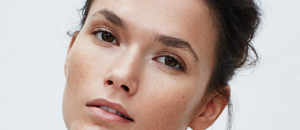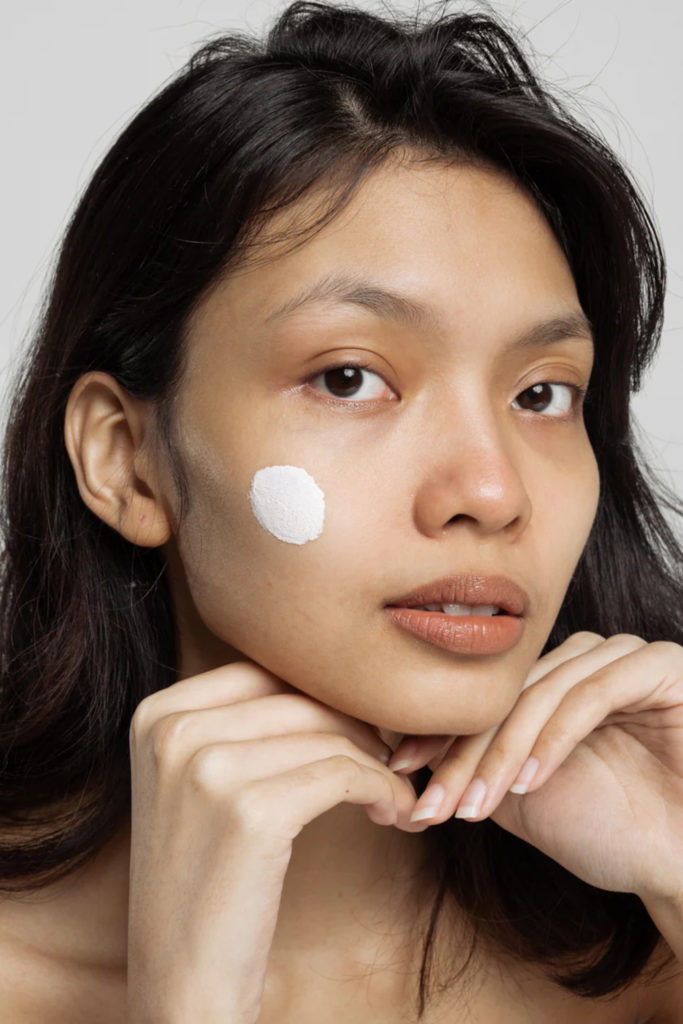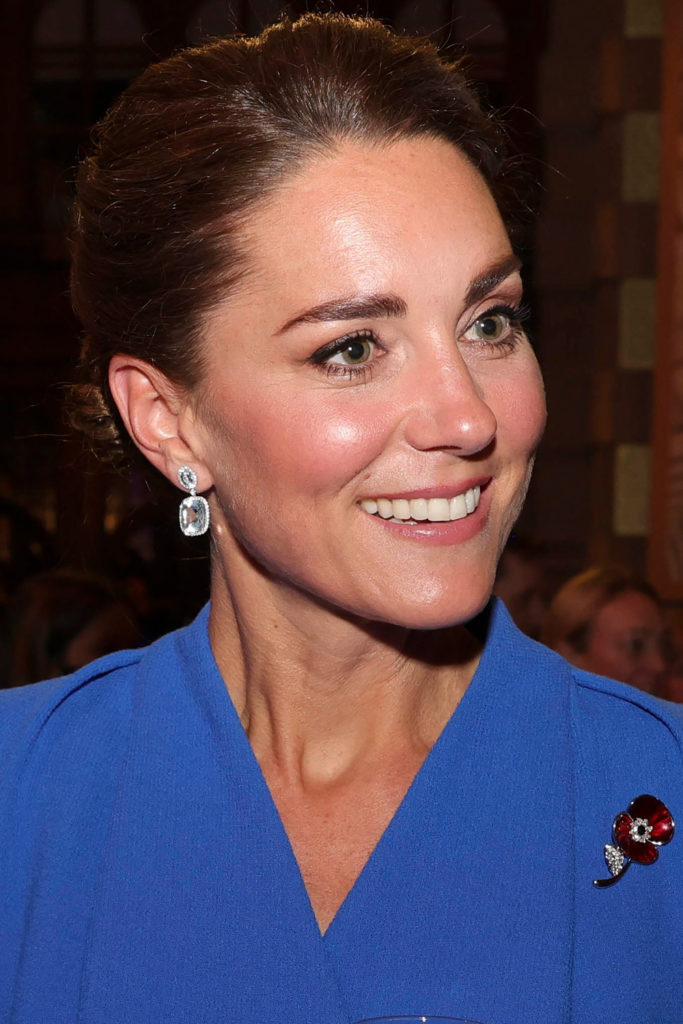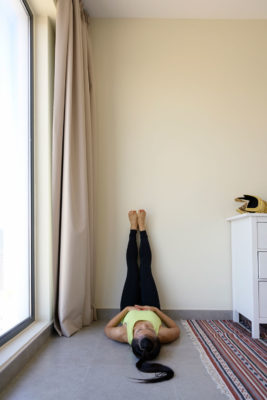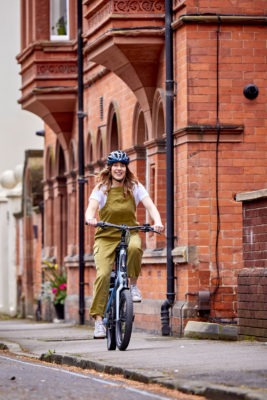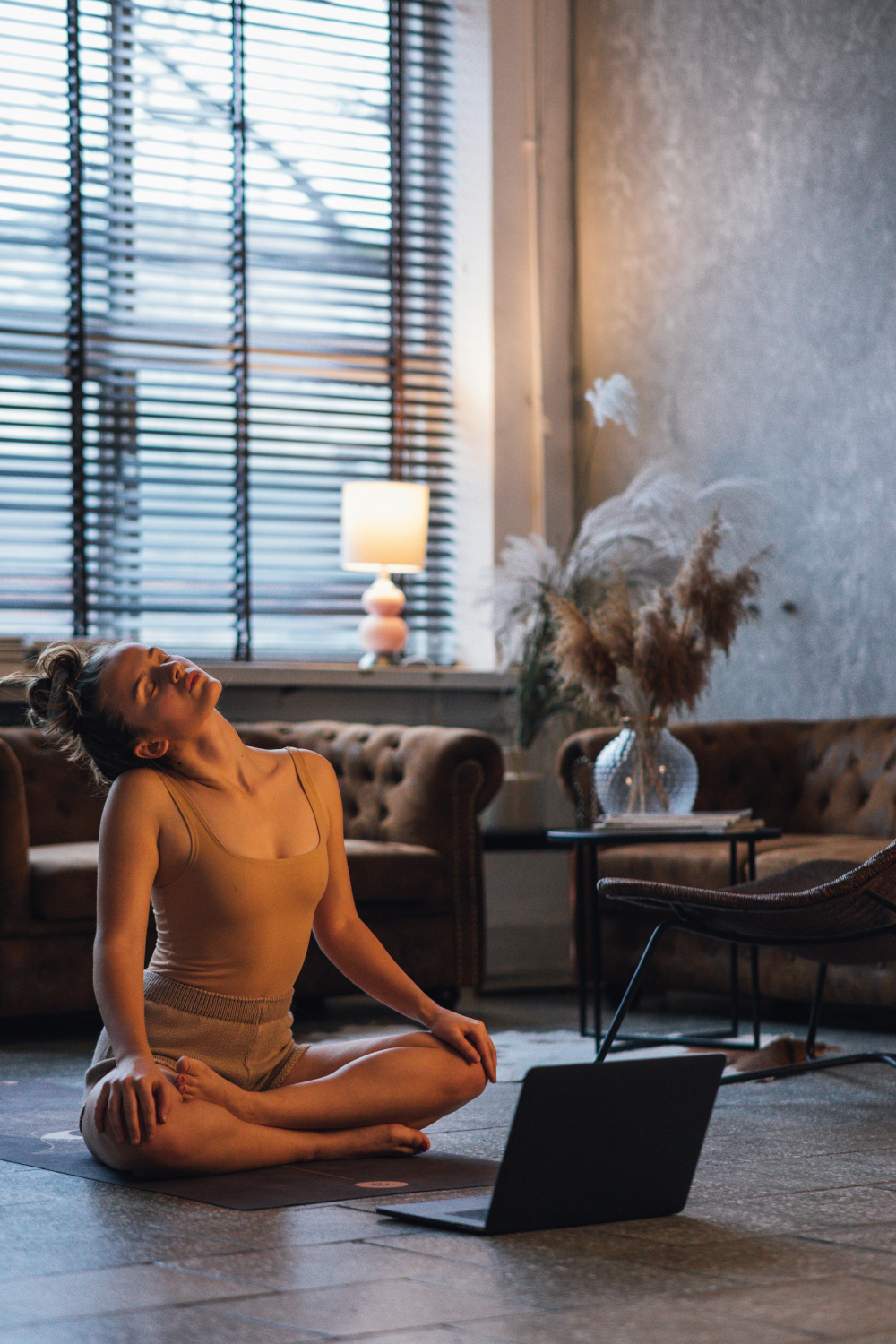
Is The 28-Day Wall Pilates Challenge Worth The Hype?
By
5 months ago
We ask a professional Pilates instructor to weigh in
Looking to test yourself this season? If the winter arc challenge has lost its appeal – exercise? Outside? In this weather? – then you might be more inclined to try your hand at the home workout sweeping its way across TikTok. And to find out just how effective the 28-day wall Pilates challenge really is, we’ve called in the experts to share their insights.
What Is The 28-Day Wall Pilates Challenge?
‘It is a structured programme designed to build strength, increase flexibility, and improve overall fitness through wall-based Pilates exercises across 28 days,’ explains Daniella Laxton, founder of Pilates studio Core Tonic. Daniella notes that the challenge has recently found fame on TikTok, where creators have been sharing their routines, tips and results in candid videos.
Wall Pilates in general has become a hot topic in the last few months, with more people seeking at-home workouts that don’t require excessive time or equipment. Fitness fans are also labelling it as a good exercise for beginners, with the challenge presenting an avenue into other, higher intensity workouts. ‘By incorporating the wall for support and resistance, it’s a great choice for beginners and anyone looking to add variety to their home workout routine,’ agrees Daniella.
@sarahwoznuk 1st day of Spring! 🌸🌞 Thought I’d start a new challenge and get myself back in shape! 28 day wall pilates! Day 1/28 done and feeling good! #workout #workoutchallenge #bodypositivity #selflove #wallpilatesworkout #forme ♬ Body Positivity – Barbie la Vie
What Are The Benefits?
As mentioned, one of the major draws of the 28-day wall Pilates challenge is its accessibility. ‘The great thing about this challenge is that you can do it at home with zero or little equipment needed – other then a wall!’ says Daniella, who adds that the challenge can also offer the wider health benefits of Pilates. ‘The benefits of any Pilates challenge are far-reaching, from a strengthened core to improved balance and flexibility. Pilates works to engage the entire body, plus it’s low impact, meaning it’s gentle on the joints and therefore a great option for beginners or those recovering from injury.’
Are There Any Cons?
As with any at-home workout, you’re going to face some limitations. ‘The main drawback of any at-home challenge is the lack of direct guidance, which increases the risk of improper form and alignment,’ says Daniella. ‘While a 28-day challenge is a great starting point, the ultimate goal should be to progress to traditional Pilates exercises without relying on the wall. Exclusively using the wall can limit your range of motion, potentially reducing full engagement of certain muscle groups and hindering progress in developing balance and mobility independently.’
To find out more about wall Pilates (as well as its pros and cons) see here.
Tips For Getting Started
‘My first tip would be to find the correct space and set up for your workout,’ recommends Daniella. ‘You’ll need a non-slip Pilates mat and, of course, a suitable wall – preferably smooth, sturdy and free of any obstacles!
‘My second tip is to focus on your form,’ she continues. ‘Any Pilates workout necessitates correct form and alignment, which can be tricky without in-person guidance. Start slow and controlled, engage your core, and always modify exercises where necessary.’
@mariasteixeira_ Tone and sculpt your glutes and abs with this challenging wall Pilates workout. The band is going to add an extra burn on the side glutes! Do the exercises back to back with little to no rest. When you’re done with round 1, take a minute break and do it again for 2 more rounds. 3 rounds total! 👉🏻 my booty bands: @H E R A 👉🏻 multi functional mat: @Stakt 💕 Iinks in my bio #pilatesgluteworkout #gluteworkout #pilatescore #wallpilates #pilatesworkout #pilatesmat #gluteexercises #workoutathome ♬ Chase It (Mmm Da Da Da) – Bebe Rexha
How To Do The 28-Day Wall Pilates Challenge
There isn’t a set routine for wall Pilates, meaning you can adjust it to your needs and increase the intensity as you go along. However, to give you an idea of how you can structure your workout, we’ve shared an example plan below:
Warm-Up (3 to 5 minutes)
- Cat-Cow Stretch: Start on all fours, alternating between arching your back (cat) and dipping it (cow) to warm up the spine.
- Thread-the-Needle Stretch: From all fours, thread one arm under the opposite arm, resting your shoulder on the mat for a gentle shoulder stretch.
Main Workout (15 minutes)
For these exercises, aim to maintain core engagement and 10 to 15 repetitions per exercise. Complete the circuit two or three times, with a minute of rest between rounds.
- Wall Roll-Up into Bridge
- Sit facing the wall with knees bent.
- Roll down onto your back with feet flat on the wall.
- Engage your core and roll up to a seated position, then roll back down.
- Transition into a bridge by pressing feet into the wall and lifting hips off the ground.
- Repeat 10 times.
- Wall Push-Up
- Stand facing the wall, hands placed slightly wider than shoulder-width.
- Keep your body straight as you bend elbows to lower towards the wall, then push back to start.
- Perform 10 to 15 repetitions.
- Wall Squat
- Stand with your back against the wall and feet shoulder-width apart.
- Slide down until thighs are parallel to the floor, then return to standing.
- Repeat for 10 to 15 reps.
- Wall Plank
- Start in a plank position with feet against the wall.
- Engage your core and hold for 20 to 30 seconds or as long as comfortable.
- Single-Leg Wall Bridge
- Lie on your back with feet flat against the wall in tabletop position.
- Lift one leg off the wall while pressing through the other foot to lift hips into a bridge.
- Lower back down and repeat for 10 reps on each leg.
- Wall Leg Stretch
- Lie on your back with one leg extended up against the wall.
- Gently pull the extended leg towards you for a deep stretch in the hamstrings and hips.
- Hold for 20 to 30 seconds on each side.
Cool Down (2 to 3 minutes)
- Gentle Spinal Twist: Lie on your back and let your knees drop to one side while keeping shoulders grounded. Hold for 20 seconds on each side.
- Child’s Pose: Sit back on your heels, reaching arms forward on the mat to stretch out the back.
@karolinaxje ✨WALL PILATES WORKOUT✨ #wallworkout #wallpilates #pilates #pilatesworkout #fitness #homeworkout #fittok ♬ Just the Two of Us – Grover Washington, Jr.
Are TikTok Fitness Challenges Any Good?
While online challenges are a fun and sociable way to take on your fitness goals, keep in mind the mentioned limitations. Not all challenges work for everyone, and some will need more tailoring than others. ‘Fitness challenges can ultimately be a great way to motivate and engage people, but I’m often cautious about “fad” or “trending” workouts because they’re not always reliable,’ emphasises Daniella. ‘While they may offer quick, short-term results, Pilates is centred around long-term benefits, focusing on sustainable mental and physical fitness. Joseph Pilates designed his method to be a way of life, emphasising lasting improvements rather than quick fixes.’
Featured image: KoolShooters, Pexels


